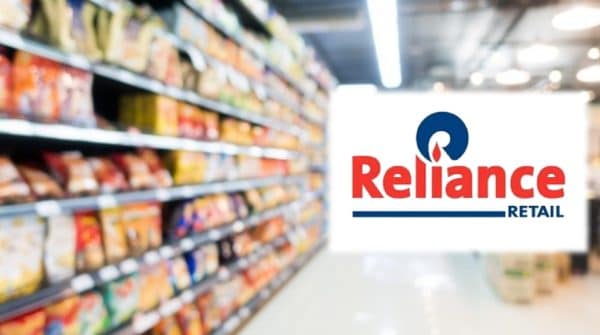
Towards the end of June 2019 the unlisted equity market received a fresh supply of Equity Shares of Reliance Retail Limited. What began trading at around Rs. 500 a piece is now available for Rs. 1350 a share. For some, the stock is extremely overpriced and for others, it’s a bargain. Well, valuation is a matter of perception, and perceptions are formed based on comparisons. We have tried to plot a few key metrics of Reliance Retail Limited comparing it with its Domestic and International Peers.
Turnover and Growth
In Terms of Revenue Walmart is not only the largest retailer amongst the ones taken up for comparison but also the largest in the world with an annual turnover of About 39 lac crores. This is about 29 times that of Reliance Retail’s Current Topline. Amazon is not too far behind with 22 lac crores followed by Alibaba Group with about 5 lac crores of turnover in FY 2020. Amongst the Domestic Players, we have RRL as the largest Retailer with 1.4 lac crores of turnover followed by Avenue Supermarkets (D-Mart India) and Future Retail with 25k crores and 21k crores (TTM DEC 2019) respectively. This may certainly throw light on the size of the pie RRL is trying to dig into, but the likes of Walmart and future retail may not be a good comparable at this stage since RRL’s valuation is driven by its growth story. Walmart recorded a growth of 2% last fiscal and Future Retail’s TTM DEC 2019 results show a 4.9% sales growth which is likely to have an impact when the FY 2020 results are out. Alibaba Group Holdings led the growth story with a 35% y-o-y growth followed by Amazon with 27% RRL and D-Mart (India) running neck to neck with 25% and 24% respectively. This is the league of high PE companies that RRL is in for.

Margins
With a Similar Product mix D-Mart (India) and Future Retail have similar EBIT and NP margins of 7.3%, 5.2% and 7.3% and 3.2% respectively. Arch-rivals Amazon and Walmart with an overlapping core business area have similar margins (EBIT) 4.8%, (NP)3.6% and (EBIT) 3.9% (NP) 2.9% respectively. Alibaba on the other hand is way above the rest when it comes to margins with an EBIT 17.9% and NP of 29.3%. The Abnormally high NP is primarily on account of a one time gain of about INR 75k crore booked in FY 2020 which is about 14% of turnover. Apart from accounting differences, the higher EBIT margins could be attributed to its dominant market position in the core business area (China) and lower operating costs. RRL, on the other hand, has an EBIT of around 5.7% which is better than its American peers and lesser than its domestic peers and an NP ratio of 3.9%.
Price to Sales
Since retail is a turnover based business, many analysts evaluate the price in light of the company’s turnover. This is under the assumption that the peers are at the same stage of growth and margins are similar. This may however not be a good yardstick as evident from the above comparisons. Product mix, Geographical location of the core business and stage of growth of the company play a vital role in determining the price.
Alibaba has the highest P/S ratio of 9 followed by RRL at 6 (Price: 1350 per share), Amazon and D-Mart (India) at around 5.2 each, and the 2 stocks with a lower growth viz. Walmart and Future Retail valued at 0.7 and 0.3 times turnover.
Return on Equity
When it comes to generating returns on shareholder’s capital RRL wins it hands down with a Return on Equity of 31% followed by Walmart and Alibaba at about 20% each, Future Retail and Amazon at about 16% each and D-Mart (India) at 12%.
To evaluate the price an investor has to pay to derive the above returns we compare the Price to Book value ratios of the companies. RRL with the highest ROE commands the highest P/B of 46 followed by Amazon 23, D-Mart 12, Alibaba 6, Walmart 5, and Future Retail 1.25.
Food for thought
With a massive Indian Consumer Market, Synergies Derived from its sister concern Jio and a lower base RRL is more likely to achieve the fast and sustainable growth perceived by investors who are bullish on the stock. Some may argue that all this growth or even more of it is already accommodated in the current valuation while others may believe there is more juice left in it to savor.
“While it is Important to appraise your Investments against the right yardstick, you never know when your investment defies all past trends and turns into a yardstick itself”
